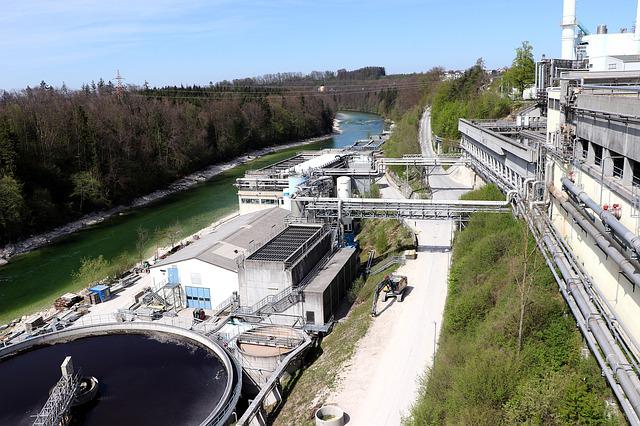
Author:
Alex
Date:
14 June 2022
Sewage treatment is an extremely essential process that treats wastewater before it is released back into the environment.
Not only does it prevent the release of harmful substances into the atmosphere but it also prevents the spread of various waterborne diseases.
This in turn, protects us from the harmful effects of bacterial contamination and makes the environment more habitable.
However, did you know that bacteria actually plays a major role in the treatment of wastewater? Probably not. Well, they do and that’s what we’re here to explore today.
In this article, we will learn about the different types of bacteria involved in the sewage treatment process and the role of bacteria in sewage treatment.
Now let’s begin!
A sewage treatment plant uses the help of various microorganisms to break down and eliminate the harmful substances found in sewage. These microorganisms are often called healthy bacteria and are classified into the following types:
The aerobic bacteria that are present in sewage treatment require oxygen in order to break down harmful effluents and convert them into energy. They use this energy to grow and reproduce. This means that they require an aerated environment to do their job efficiently.
This environment is created with the help of mechanically supplied oxygen, through the process of aeration. These bacteria are most commonly found in domestic sewage systems that use air compressors for aeration.
Anaerobic bacteria are often used in large scale wastewater treatment plants and their main role in the sewage treatment process is to reduce the volume of sludge.
These bacteria obtain oxygen from their food source, in this case, the sewage. They then use their energy to break down sludge and produce methane gas.
This is especially beneficial, as methane gas can be used as an alternative source of energy, which can in turn, be partly offset by the energy consumed by the treatment process.
Furthermore, anaerobic bacteria can also greatly reduce the amount of phosphorus found in the wastewater.
While facultative bacteria prefer oxygen, they can often switch their properties between those of aerobic and anaerobic bacteria, according to their environment.
This means that they can provide you with the benefits of both aerobic and anaerobic bacteria during the sewage treatment process.
In this section, we will take a look at the role of bacteria in sewage treatment and the different phases of bacteria growth in a sewage treatment plant.
This is the stage where the bacteria are adapting to their surroundings and generating the necessary enzymes required to digest the nutrients.
The lag phase is essential, as the bacteria cannot survive in the wastewater if the right enzymes are not generated.
Once the enzymes are generated, the bacteria move around and consume large amounts of nutrients from the sewage, in order to grow and reproduce.
As the name suggests, this is the stage where their growth is accelerated and the bacteria are multiplying at a very fast rate.
This is the stage where the nutrient levels begin to drop and the bacteria have to fight each other for nutrients.
In the declining growth phase, the bacteria stop reproducing and try to conserve their energy to prolong their survival.
The bacteria are now in a stationary phase and come together to form a flock over the wastewater. By now, the nutrient levels have drastically dropped.
In the death phase, the bacteria have run out of the energy required for their survival and the number of bacteria in the wastewater quickly decreases.
Now that you know all about the role of bacteria in sewage treatment, it’s time you get a wastewater treatment plant for your home.
However, if you already have one, we’re sure the constant humming noise is bothering you greatly. Well, we’ve got a solution for you.
Whisspurr is the world’s first Acoustic Vibration Reduction (AVR) unit that is specially designed to silence a noisy sewage treatment plant.
Simply fitting it into your sewage system can significantly reduce the noise emitted by the plant, so you can relax without a care.
To learn more about our products, visit our homepage or contact us now!